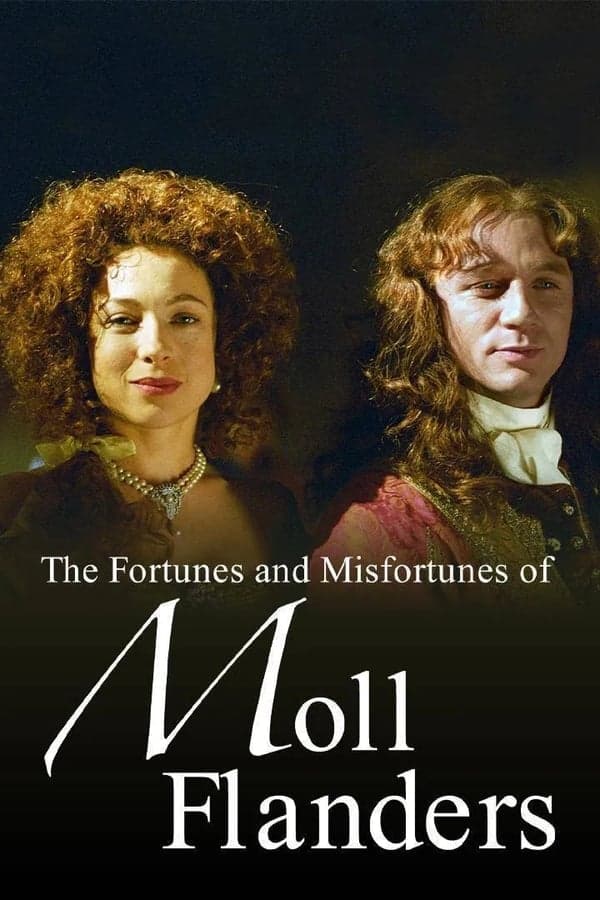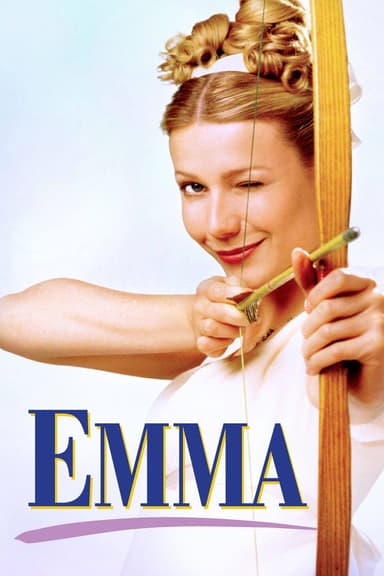
The Fortunes and Misfortunes of Moll Flanders
1996 • Comedy, Drama, Romance, TV Movie • NR
After being born in prison, Moll Flanders wends her way through the top and bottom of 18th-century English society, has five husbands and many male and female lovers, travels to America and back again, and in general discovers all that is cruel and sweet in life.
Runtime: 3h 17m
Why you should read the novel
Reading Daniel Defoe’s original novel, 'Moll Flanders,' offers a richer and more nuanced journey through the turbulent world of its iconic heroine. Defoe’s language, wit, and keen social insights create a narrative that deeply explores issues of class, gender, and survival in early 18th-century England. The book presents Moll’s voice with intimacy, allowing readers to witness her cunning, moral conflicts, and resilience in the face of adversity far beyond what a screen adaptation can portray.
Unlike the movie’s compressed timeline and selected vignettes, the novel gives space to Moll’s many adventures, delusions, and self-discoveries. Readers can savor Defoe’s detailed depictions of London’s underworld, the penal system, and the shifting boundaries of virtue and vice. The story feels immediate and personal, inviting a deeper sympathy for Moll’s struggles and ambitions.
In immersing oneself in the book, one uncovers the texture of Defoe’s worldbuilding and the intricacies of Moll’s character development. The themes and dilemmas she faces become more immediate and real, encouraging reflection and engagement in a way that surpasses any visual adaptation. Choose the novel for a true taste of wit, irony, and the complexities of human nature.
Adaptation differences
One of the major differences between the 1996 adaptation and Defoe’s novel is the extent to which Moll’s inner thoughts and motivations are explored. In the book, Moll narrates her own story with candor and insight, providing access to her rationalizations, fears, and ambitions. The film, bound by time constraints and the demands of visual storytelling, externalizes much of Moll’s inner journey and often simplifies her moral complexity.
Another significant divergence is the way relationships are depicted. The movie tends to romanticize Moll’s liaisons, sometimes portraying them as sincere love stories, whereas the novel frequently presents them as strategic alliances or transactions necessary for Moll’s survival. Defoe’s depiction of marriage, sex, and survival contains layers of irony and ambiguity that are often flattened or sanitized in the adaptation.
The narrative structure also changes notably in the adaptation. The film streamlines Moll’s many marriages and adventures, sometimes combining or omitting key episodes and characters. For example, details about her various husbands, children, and schemes are condensed, which can obscure the breadth of her experiences and the cumulative effects on her character that unfold in Defoe’s text.
Furthermore, the ending diverges in tone and resolution. While the film may seek to deliver a redemptive conclusion and tidy up Moll’s fate with a sense of closure, the book’s final chapters retain more ambiguity, moral questioning, and realism regarding Moll’s repentance and the possibility of true change. This complexity in the novel leaves a lasting impression, encouraging reflection rather than simple satisfaction.
The Fortunes and Misfortunes of Moll Flanders inspired from
Moll Flanders
by Daniel Defoe




